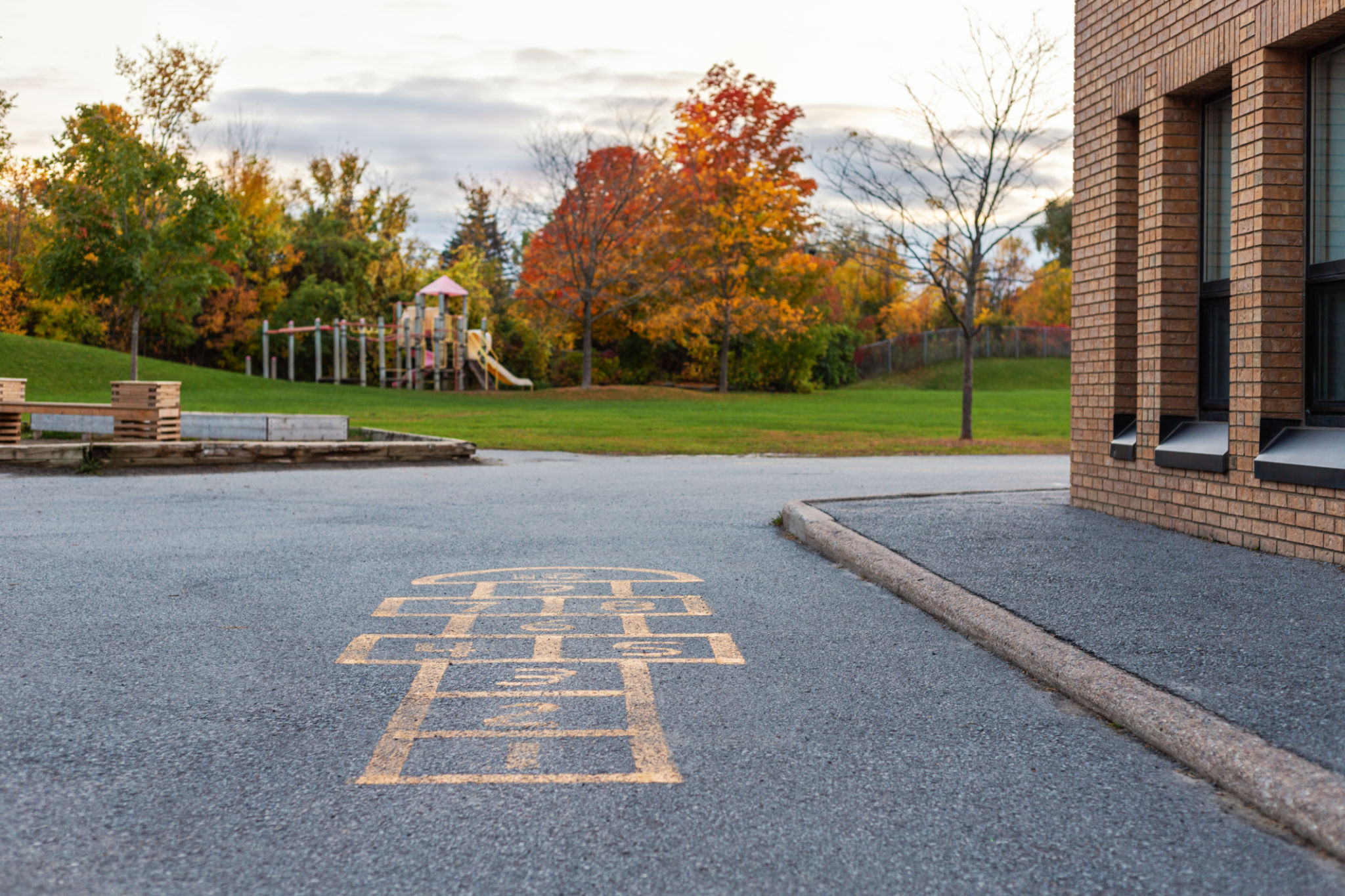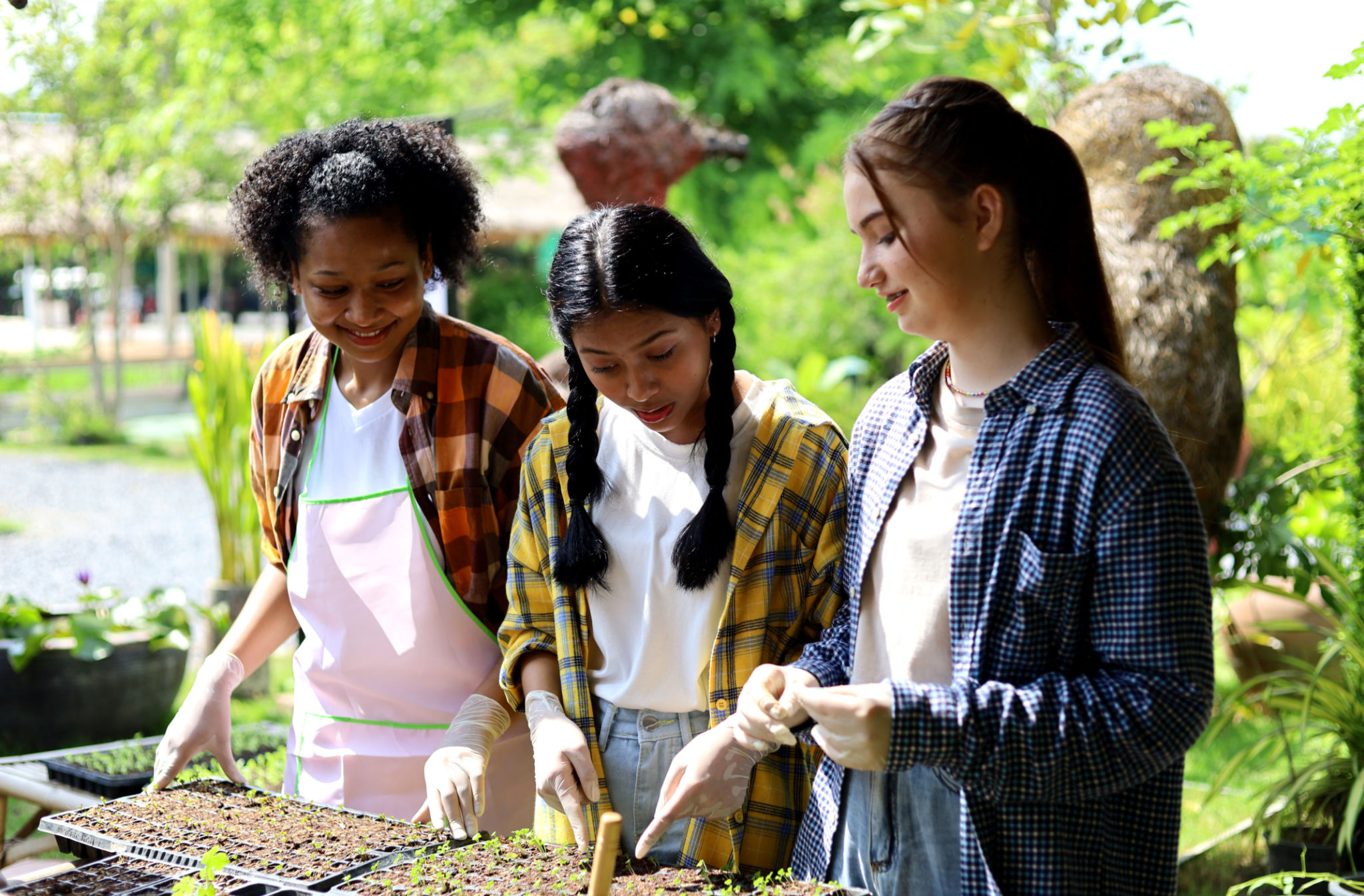How Gardening Enhances High School S.T.E.A.M. Education
Introduction to S.T.E.A.M. Education
S.T.E.A.M. education, which integrates Science, Technology, Engineering, Arts, and Mathematics, has become a cornerstone of modern educational programs. This approach encourages students to think critically, solve complex problems, and engage creatively with the world around them. However, one innovative way to enhance S.T.E.A.M. education in high schools is through gardening programs.

The Science of Gardening
Gardening provides a hands-on opportunity for students to learn about botany, ecology, and environmental science. By observing plant growth and development, students can apply scientific concepts such as photosynthesis, nutrient cycles, and plant genetics in a real-world context. Additionally, gardening helps students understand the importance of biodiversity and sustainable practices.
Integrating Technology in the Garden
Technology plays a vital role in modern gardening techniques. High school programs can incorporate technology by using sensors and software to monitor soil conditions, temperature, and moisture levels. Students can learn how to use data analytics to predict plant growth patterns and optimize garden outputs. This integration of technology not only makes gardening more efficient but also prepares students for future careers in agritech.
Engineering Solutions for Better Gardening
Gardening challenges students to think like engineers. From designing efficient irrigation systems to constructing raised beds, students can apply engineering principles to solve real-world problems. Projects like building compost bins or creating vertical gardens encourage students to use their engineering knowledge creatively and practically.

The Artistic Side of Gardening
Gardening is not just about science and technology; it is also an art form. Designing flower beds, selecting color schemes, and planning garden layouts allow students to express their creativity and aesthetic sense. This artistic aspect of gardening helps students appreciate the beauty of natural environments while honing their design skills.
Mathematics in the Garden
Mathematics is deeply embedded in gardening activities. Students use math to calculate areas for planting, measure growth rates, and manage resources efficiently. Whether it's determining the right amount of fertilizer or spacing plants for optimal growth, mathematics helps students make informed decisions in their gardening projects.

Benefits of Gardening in Education
Incorporating gardening into high school S.T.E.A.M. education offers numerous benefits. It fosters teamwork as students collaborate on projects and enhances problem-solving skills through practical applications. Gardening also promotes environmental stewardship and awareness among young learners, encouraging them to become responsible global citizens.
Conclusion: A Blossoming Future
By integrating gardening into S.T.E.A.M. education, high schools can provide a holistic learning experience that nurtures both intellectual and emotional growth. This innovative approach not only enriches the educational journey but also prepares students for a flourishing future in various fields.